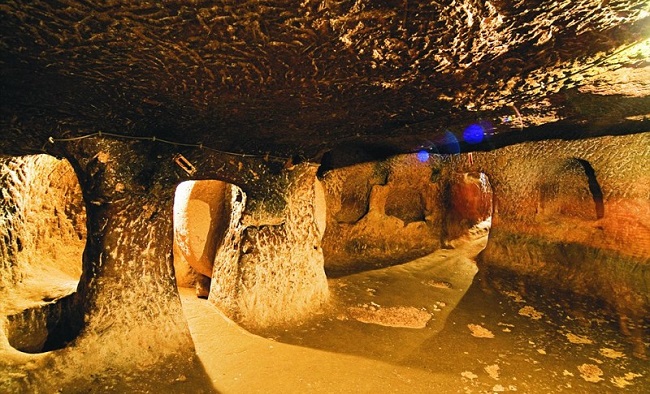
In 1963, a resident of the Turkish village of Derinkuyu in the former Cappadocia region decided to make repairs in his home and destroyed one of the walls in the basement. He found a secret passage that led him to an amazing place – a huge underground city.
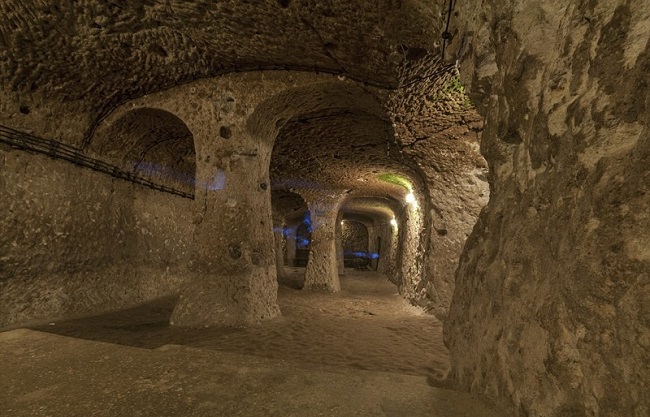
We can only imagine the lives of about 20,000 people, who lived in this 18-storey underground city.
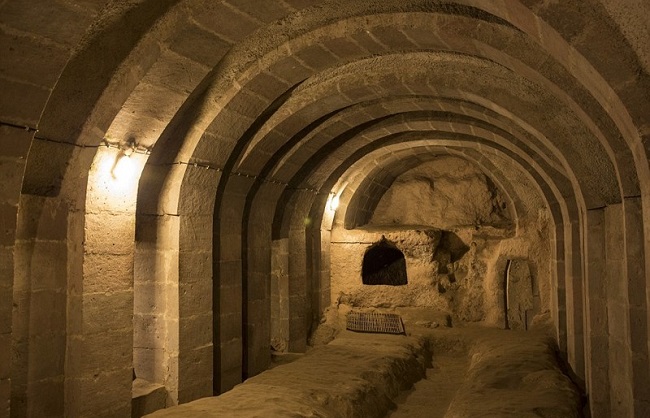
Underground tunnels stretch for miles, connecting Derinkuyu with other ancient underground cities.
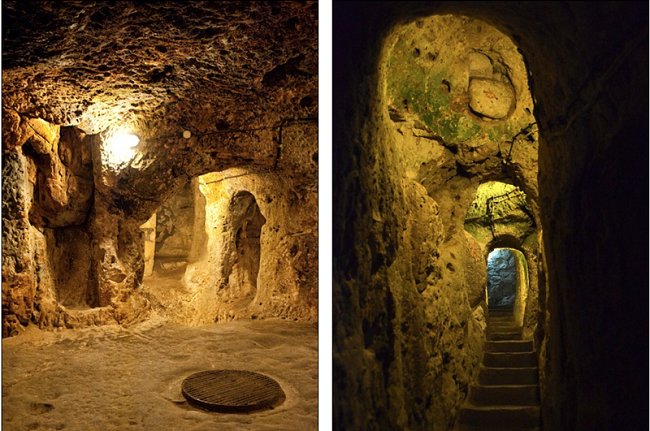
The “rooms” of the city have a chapel, schools, kitchens, living areas and stables.
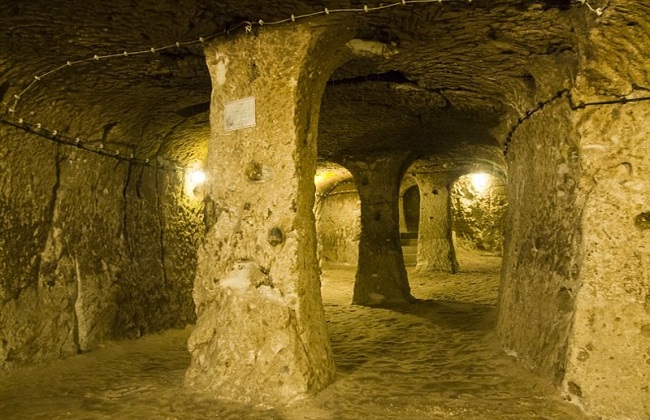
Scientists believe that the underground city was built in the Byzantine era between 870 – 1180 years, and living quarters, stables, kitchens, as well as schools werew used for other purposes during the raid, or natural disasters.
With the development of the city there were chapels and about 600 entrances, which allowed people to come to the surface and go down.
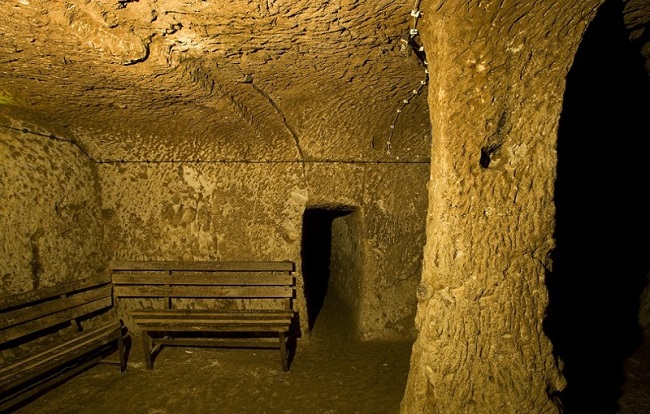
Huge heavy stones closed Derinkuyu from inside, each level has an individual door.

You’d be surprised, but Derinkuyu is not the only city of this type, but it is the largest of the underground cities in the area.

A characteristic feature of the underground city – stone wheel-doors with a hole in the middle, like a millstone. In diameter, they are usually 1-1.5 meters and weighing about 300 kilograms.
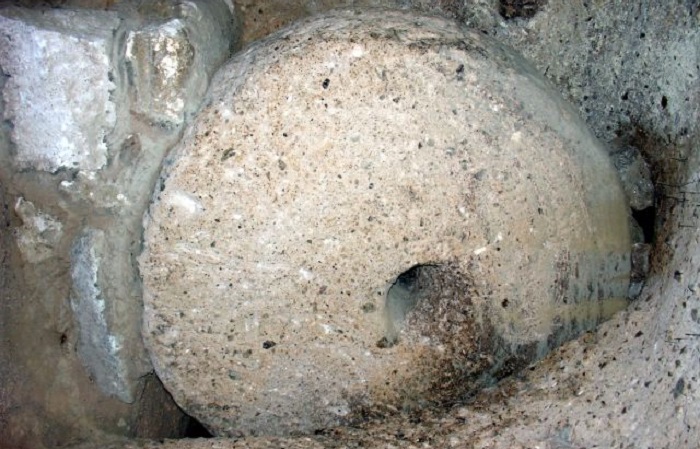
With the help of a special rod, this door closed the tunnel and was fixed. As a result, it was almost impossible to open it. And through the hole people were able to watch enemies.
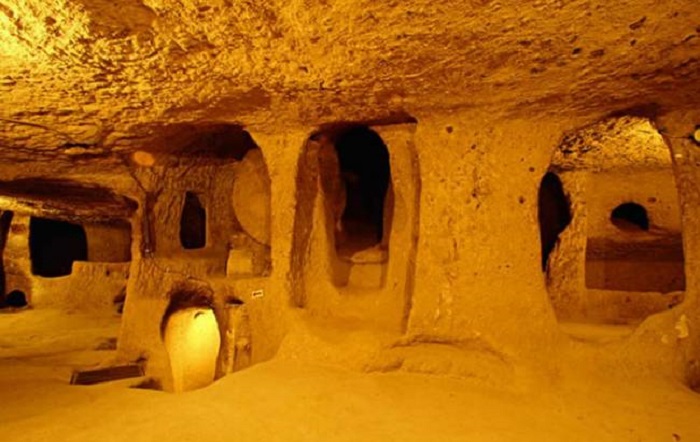
Illumination of underground cities was provided by lamps with the use of linseed oil. The temperature of all the internal rocky premises was 14-15 ° C due to the insulating property of tuffs. Therefore, the heat from the burned lamp was enough to heat the interior.
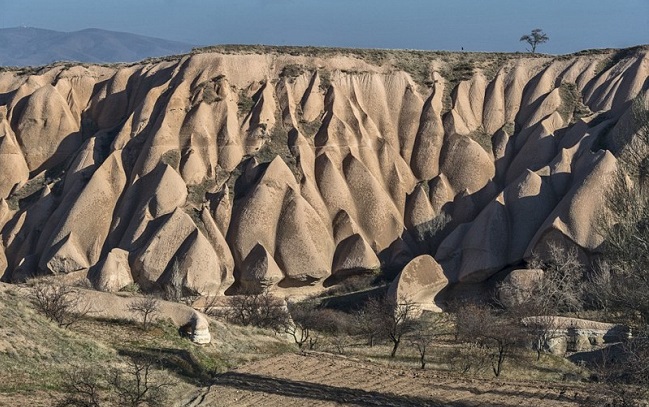
For tourists half of the city is only open, but the location is the most popular among travelers in Cappadocia.
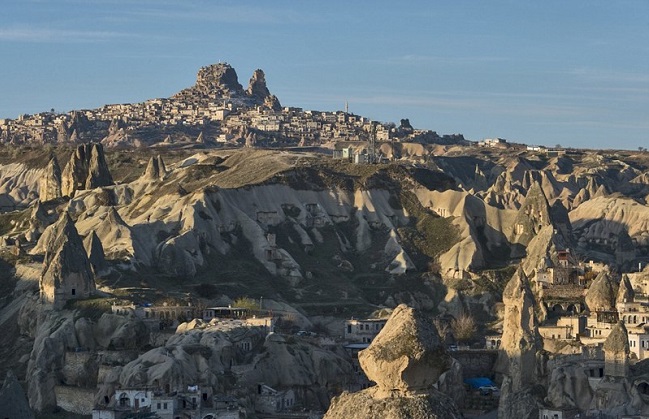
Historic Area in Central Anatolia attracts visitors for its incredible wonders, historic and religious buildings, including the “fairy chimneys”.